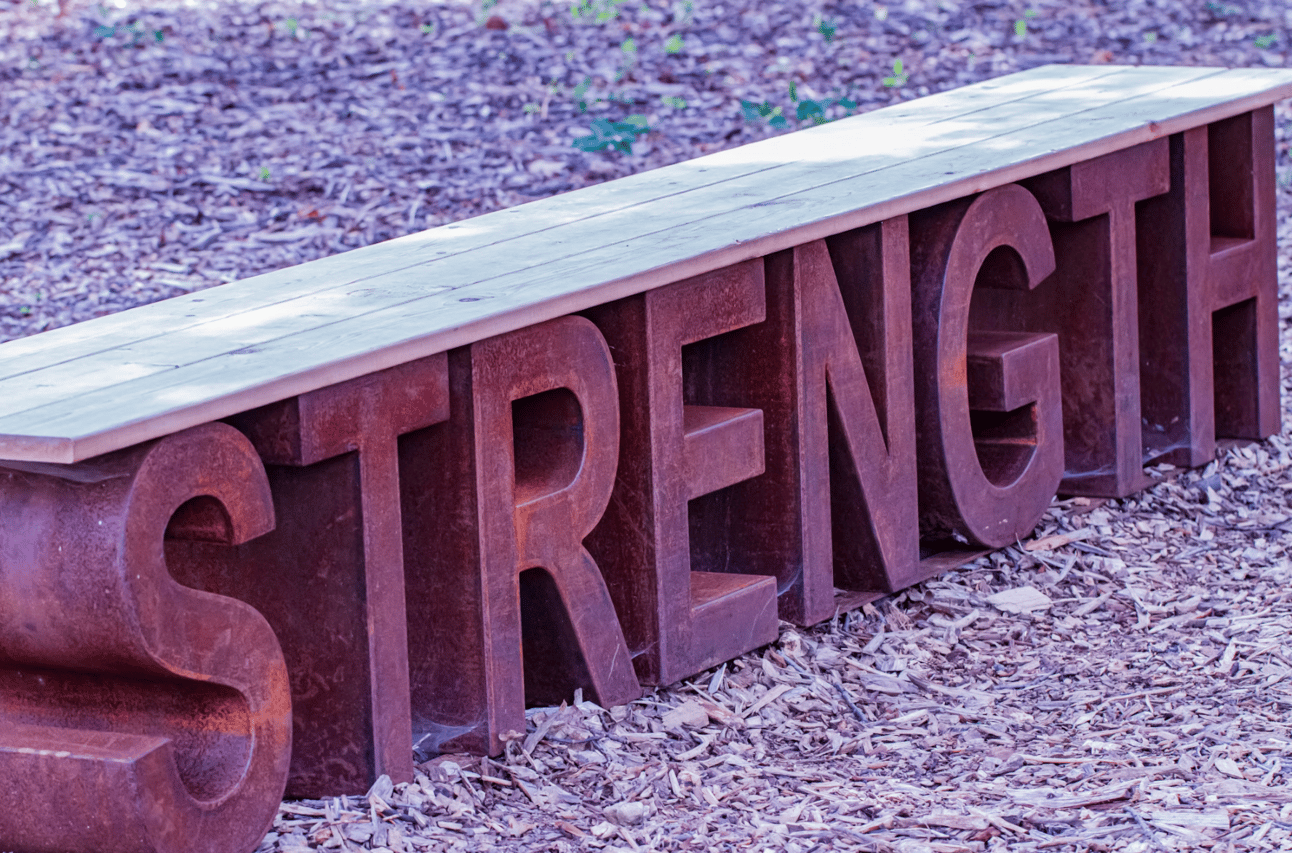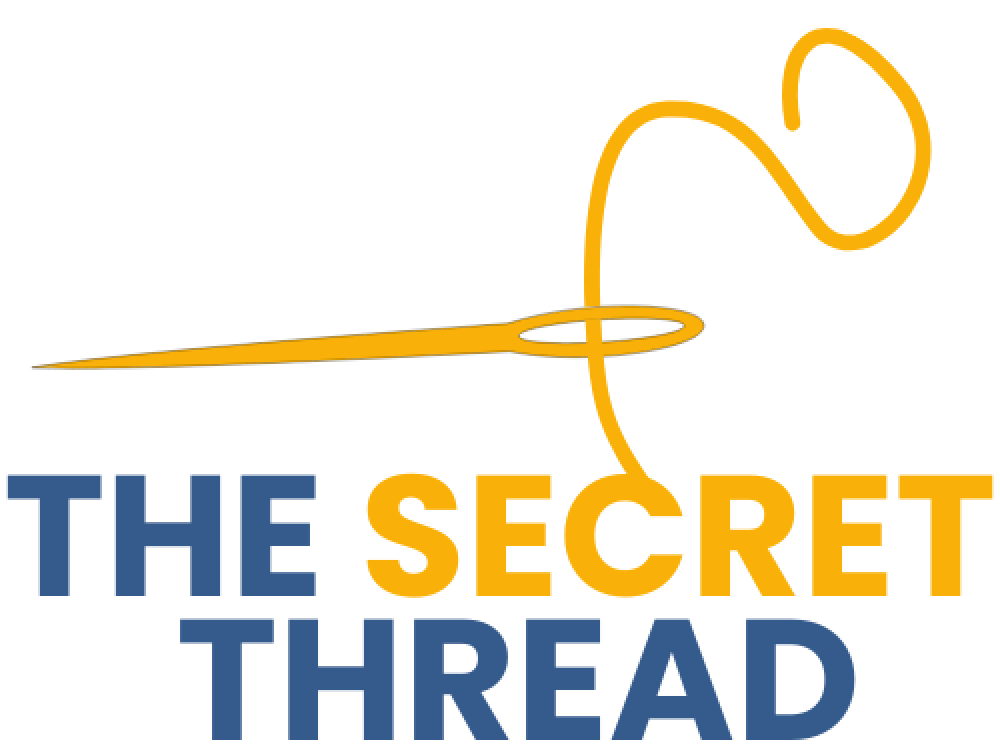- The Secret Thread
- Posts
- Inside this email will shift how you think about strength
Inside this email will shift how you think about strength
Why letting go, sharing ownership, and building with others might be the strongest move you make.


Story
The Lie That Keeps High Performers Alone

photo from Unsplash.com
A few years ago, I found myself falling into the same trap I’d watched so many leaders walk into before me.
I thought I had to carry it all.
The vision. The strategy. The pressure.
And if I was really serious about what I was building, I assumed I had to do it alone.
That idea didn’t come out of nowhere—it had been baked into everything I’d ever been taught. I admired the lone geniuses. I was praised when I handled things without help. I thought leadership meant being the hero in the story, the one person holding the whole thing together.
But that belief? It nearly broke me.
Burnout hit hard. Progress stalled. And when things got tough—like they always do—I realized I had built a structure that depended entirely on my energy, my clarity, and my capacity. And those aren’t endless resources.
That’s when I started rethinking everything. Not just the tactics. The architecture.
I began building what I now call Structural Resilience—Layer Three of the Resilience Stack.
It’s not about systems and SOPs. It’s about the deeper framework: who’s holding the weight with you, and how well that scaffolding holds when you start to bend.
The turning point?
Shifting from isolation to interdependence.
From control to shared ownership.
From being the glue to being part of the grid.
Today, I build differently. I lead differently. I measure success differently. And I want you to know: you’re not supposed to build alone.
Real leadership isn’t about heroic effort. It’s about distributed strength.
We move further—and with far more peace—when we stop trying to do it all ourselves.
Deep Dive
When Excellence Becomes a Cage
A few years ago, I sat across from a founder who was burning out—and couldn’t admit it.
On the surface, everything looked sharp. Revenue was up. His team respected him. The product was solid. But underneath? He was exhausted, irritable, and quietly drowning in the pressure of being the one everyone relied on.
“I don’t know how to fix this,” he said. “But I know I can’t stop. If I do, everything falls apart.”
I knew that feeling.
Too well.
There’s a strange irony that lives at the top of the performance curve: the better you are at leading, the more likely you are to isolate.
Not because you want to. But because high performers—people wired for ownership and results—are trained to believe that dependence is a weakness.
And so, the stronger we become, the more we carry alone.
Putting Into Practice
The Way Out of Isolation
You can’t perform your way out of isolation.
You have to practice your way out.
That starts with small, deliberate shifts—moves that feel almost too simple, but over time, reshape how you lead and how you’re held.
Here’s what that can look like:
Identify your real circle.
Who challenges you without competing with you? Who tells you the truth even when it’s uncomfortable? If you don’t have at least one or two of those people, you’re not leading—you’re just performing.Invite feedback early.
Not after the plan is polished. Not when you’re seeking approval. Let people into the blueprint stage. Let them co-create. That’s what shared ownership actually looks like.Normalize saying “I don’t know.”
Not as a last resort—but as a sign of trust. As an invitation. As a reminder that your value isn’t rooted in always having the answer.Design rhythms of connection.
Weekly check-ins. Monthly walk-and-talks. Standing coffee calls. Build relational infrastructure that doesn’t revolve around crisis, performance, or productivity.Don’t chase a mastermind. Build a kitchen table.
You don’t need a high-powered peer group with matching notebooks. You need a few people who will tell you the truth when you’re tired of pretending you’re fine.
Resilience doesn’t grow in solitude. It grows in structure.
And the way out of isolation is rarely loud or dramatic.
It’s a quiet shift. A few trusted voices. A new rhythm of being known.
And it starts today—with one honest conversation.
Questions
A Question Worth Sitting With
Where in your leadership are you holding too much—because you think you’re supposed to?
Let it sit.
Let it reveal something.
And when you’re ready, consider who might help you carry it—differently.
Updates:
Spiritual retreat in full swing
Check out the upcoming spiritual Retreat happening September 26–28, 2025 at the Art of Living Retreat Center in Boone, NC.
We chose this date intentionally: the one-year anniversary of Hurricane Helene, a storm that disrupted lives across North Carolina. But this isn’t about rebuilding homes. It’s about rebuilding ourselves—from the inside out.
This retreat is for high-performing leaders who are holding it together externally while quietly unraveling internally. Over three immersive days, we’ll work through The Resilience Stack™, a layered system designed to restore clarity, renew energy, and reset how we lead under pressure.
You’ll experience:
Guided breathwork each morning to reset your nervous system
Deep dives into The Resilience Stack™ for real-time transformation
Honest conversations about burnout, leadership, and purpose
Stillness, nature, and tools you’ll carry home with you
You’ll walk away with a clear, calm mind, a custom transformation plan, and the inner scaffolding to sustain aligned leadership.
We’ve intentionally limited this to 15 participants to keep it intimate and high-impact. No payment required to reserve your spot—just a commitment to your own renewal.
If this resonates, hold your place here or reach out for the full retreat guide.
Content Updates
Stay Connected
2 new Podcast Episodes of Mission Driven You (1 with a guest)
Stay connected on Instagram @willsamsonchangecoach
Thanks for reading.
Thanks for showing up.
More soon.
—Will
I am a real person and I’ll respond to this email; Respond With which rhythm you will implement into your life.